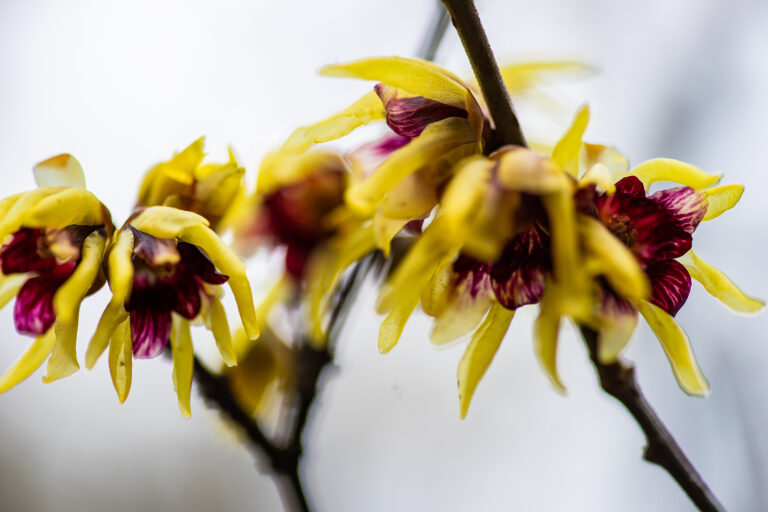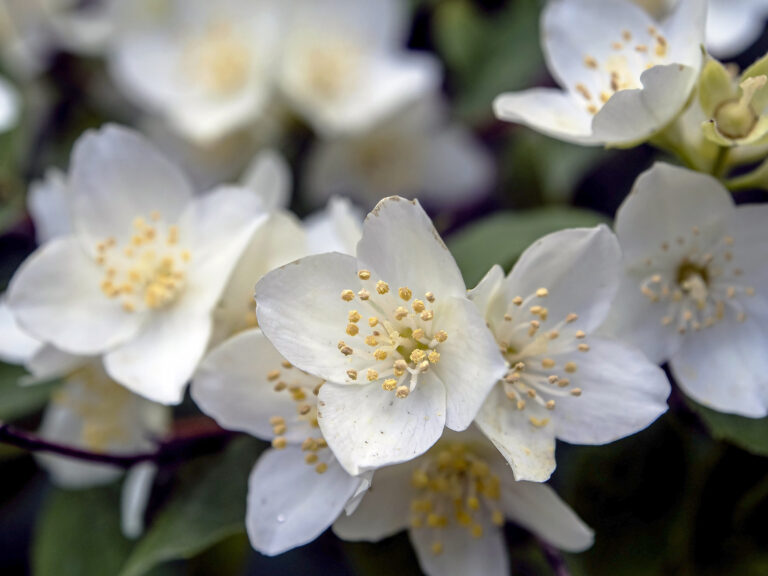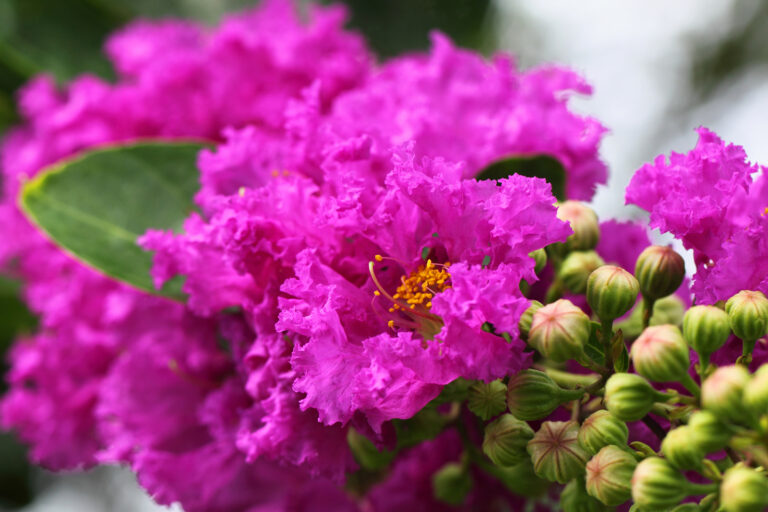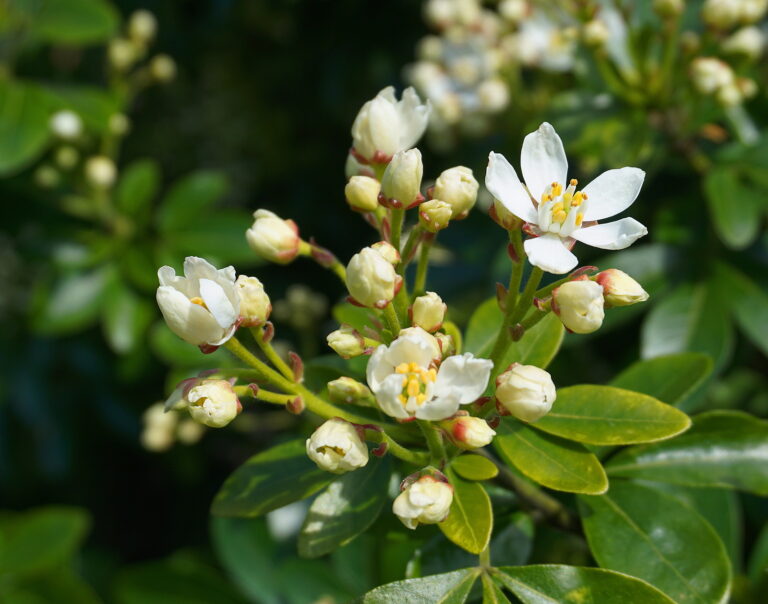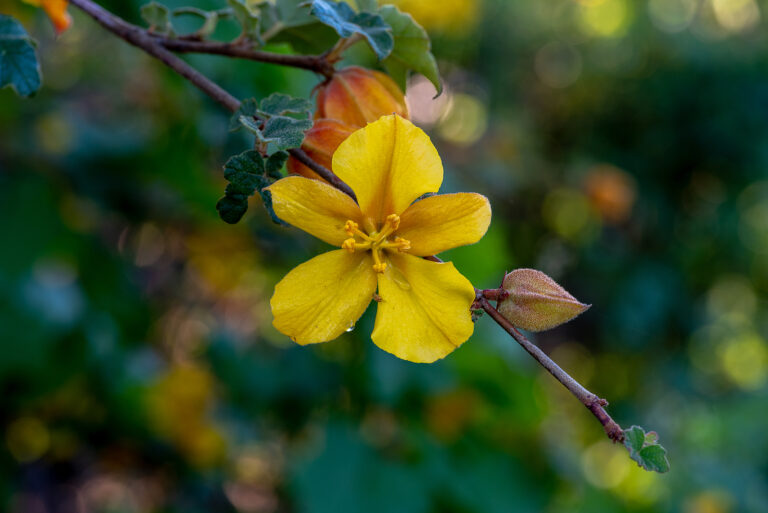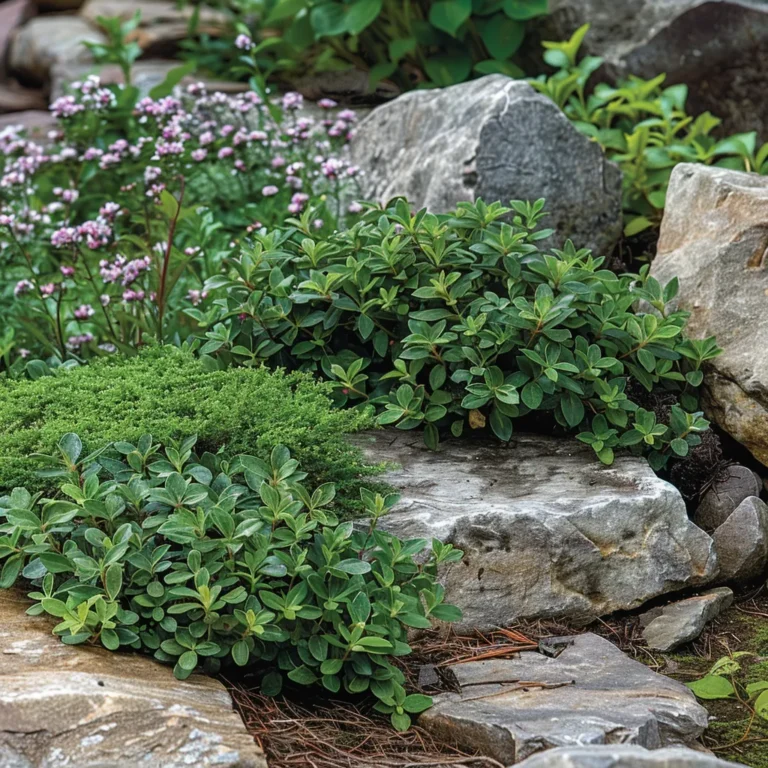How to Grow Acacia
Acacia is a large genus of evergreen or deciduous shrubs and trees that are sometimes called wattle or mimosa. Acacias bear brilliant yellow flowers in spring and early summer. A few varieties bear white or cream-colored flowers.
Acacias commonly have ferny leaves and flattened leafstalks called phyllodies. Flowers look like puffballs or spikes depending on the variety. Flowers are sometimes fragrant and are commonly followed by ornamental seed pods.
Acacias prefer warm winter and are best grown in Zones 9 to 11. Established Acacias are very tolerant of drought conditions.
Acacias are rapid growers but relatively short lived, only 20 to 30 years on average.
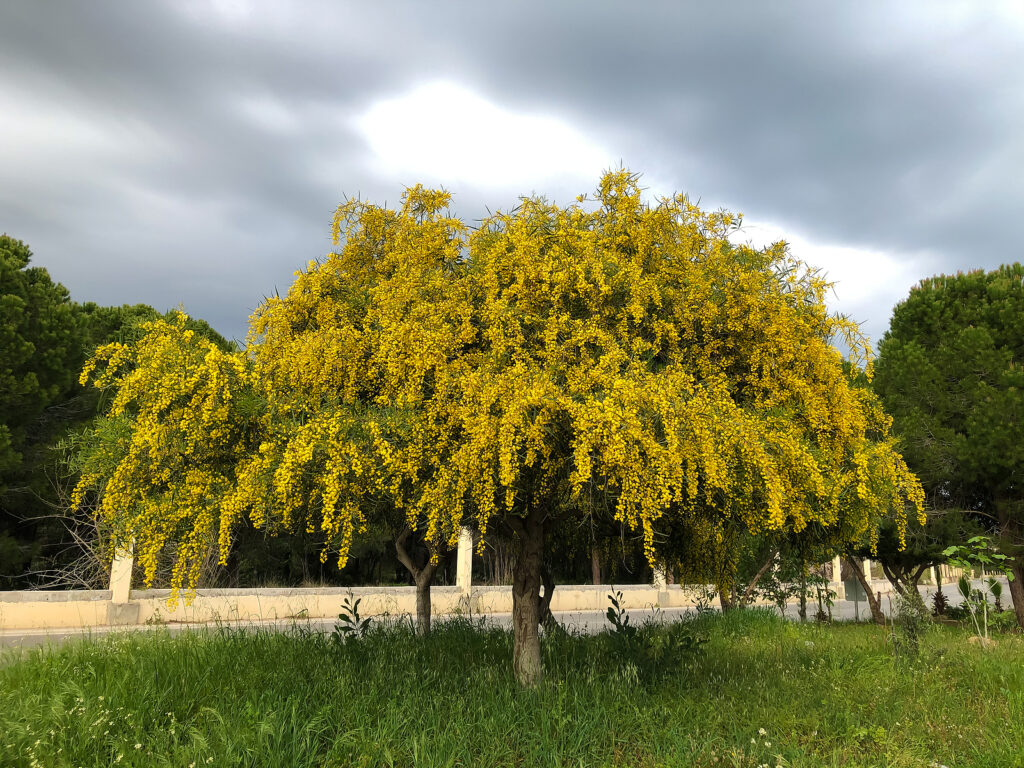
Get to know Acacia
- Plant type: Evergreen and deciduous shrubs and trees
- Growing zones and range: Zones 9 to 11
- Hardiness: Acacia will not survive in cold-winter regions; best in Zones 9 to 11
- Height and width: 10 to 20 feet (3-6m) tall and wide or more depending on the variety.
- Foliage: Some Acacias have modified leaf stalks, called phyllodes, that look like leaves; others have bipinnate leaves, leaves made up of several stems which in turn have many tiny leaflets.
- Flowers: Blossoms look like small fluffy pompoms; each blossom is actually a tight ball of petalless flowers.
- Bloom time: Spring
- Uses: Screen, windbreak, Acacia attract birds
- Common name: Wattle, mimosa, Acacia
- Botanical name: Acacia
- Family name: Fabaceae
- Origin: Australia, Mexico, southwestern United States

Where to plant Acacia
- Plant Acacia in full sun.
- Grow Acacia in ordinary, well-drained garden soil; Acacia will tolerate poor soil.
- In cold and exposed locations, plant Acacia in a large pots.
When to plant Acacia
- Set container-grown plants in the garden in spring or autumn.
Planting and spacing Acacia
- Space Acacia 12 to 20 feet (3.6-6m) apart depending on the variety.
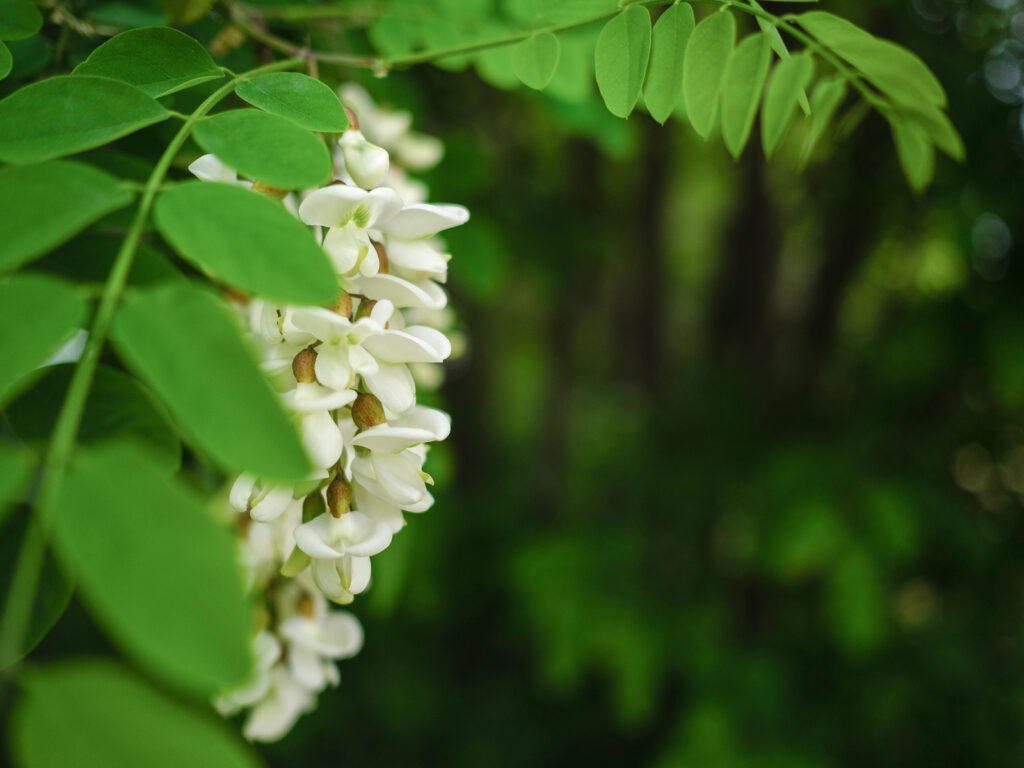
How to water and feed Acacia
- Keep the soil evenly moist after planting; established Acacia needs moderate to little water.
- Deep watering will help Acacia develop deep roots which will anchor plants on banks and slopes.
- Fertilize Acacia with an all-purpose fertilizer. Acacia grown indoors or in the greenhouse can be fertilized with a dilute solution of fish emulsion every two or so weeks.
Acacia care
- Protect plants in winter by adding mulch to the drip-line
- Acacia is easily shaped to a screen by removing the central leader or limbing up.
- In cold-winter regions, Acacia can be grown in the greenhouse if given ample light.
Acacia pests and diseases
- Root mealy bug, red spider mite, and tortrix caterpillar can attack Acacia.
- Acacia seedpods attract birds.
Acacia propagation
- Propagate Acacia from seed; soak seeds overnight in tepid water before planting.
- Sow seed in mid spring or take headed semi-ripe cuttings.

Acacia varieties to grow
- Acacia baileyeana, Bailey acacia: Evergreen; feathery, finely cut, blue-gray leaves; fragrant yellow flowers in spring; cultivar ‘Purpurea’ has purplish-foliage.
- A. berlandieri: Deciduous shrub or small tree to 15 feet tall; fernlike foliage; white flowers.
- A. cultriformia, knife acacia: Evergreen grows to 12 feet tall and wide; flowers bloom in early to midspring; leaf-like petioles look like a paring knife, thus the common name.
- A. decora, graceful wattle: Rounded shrub to 8 feet tall; bright yellow, fragrant spring flowers; can shear as hedge.
- A. greggii, catclaw acacia: Deciduous shrub grows to 8 feet tall; has curved thorns; dense shrub.
- A. redolens: Evergreen grows to 20 feet tall; puffball flowers ins spring; cultivar ‘Prostrata’ grows to 2 feet tall and 15 feet wide.
- A. verticillata, prickly Moses: Evergreen grows to 15 feet tall; needlelike phyllodes; yellow flowers bloom in midspring.


